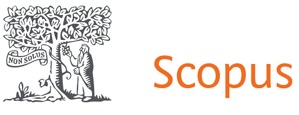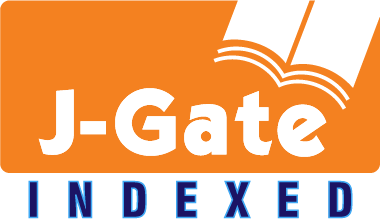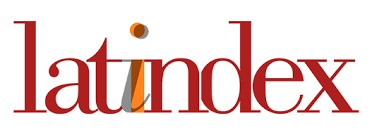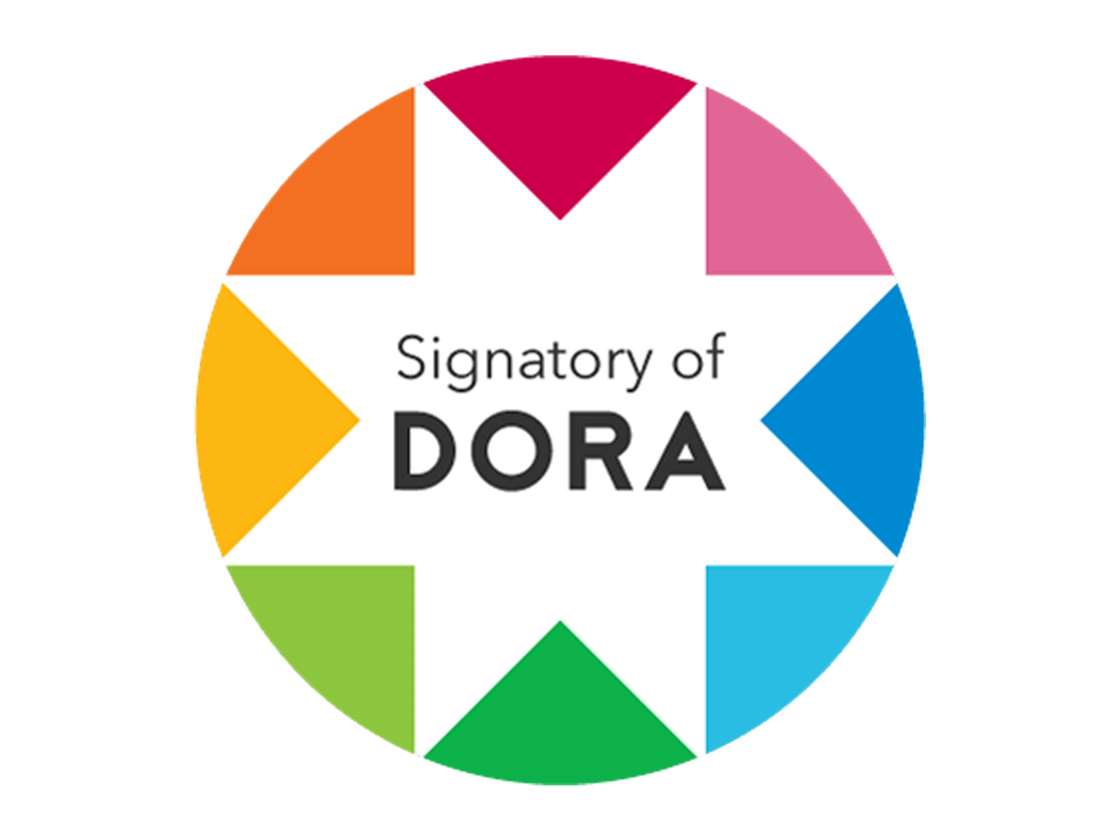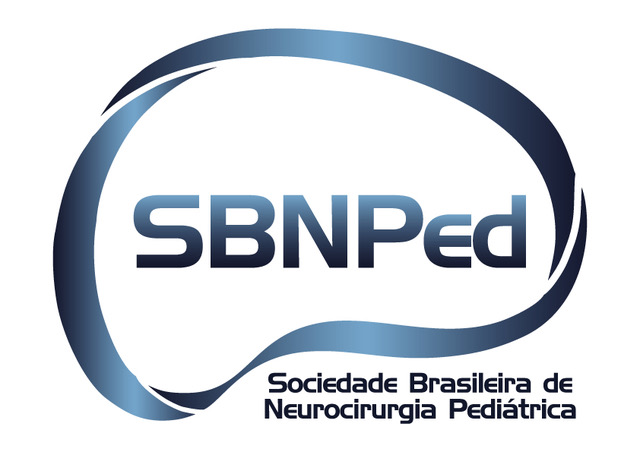Intraventricular Baclofen via neuronavegated Ommaya reservoir as Bridge Therapy in Refractory Status Dystonicus: A Case Report
DOI:
https://doi.org/10.46900/apn.v7i3.318Keywords:
stauts dystonicus, intraventricular baclofen, ommayaAbstract
Introduction:
Status dystonicus (SD) is a life-threatening neurologic emergency that requires prompt recognition and intervention. Intraventricular baclofen (IVB) has been shown to be an alternative therapy with promising results in refractory cases.
Case Presentation:
We present a 12-year-old male with Wilson's disease and acquired generalized dystonia who developed status dystonicus after a gastrostomy procedure. Due to refractory, his dystonic symptoms despite of optimized intensive medical management, including intravenous sedation and invasive ventilatory assistance, we implemented intraventricular baclofen therapy via a temporary Ommaya reservoir. This allowed for rapid stabilization and resolution of the SD, prior to attempting to a more definitive surgical solution.
Conclusion:
Temporary Ommaya-based IVB is a feasible and cost-effective bridge therapy for SD management. It provides rapid symptomatic control and may enable strategic planning of definitive interventions, when applicable
Downloads
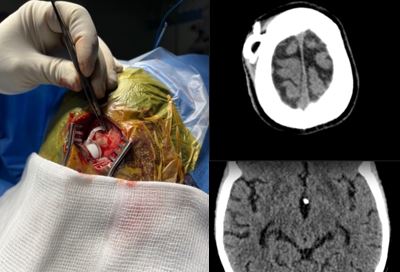
Downloads
Published
How to Cite
Issue
Section
License
Copyright (c) 2025 Antônio Jorge Barbosa de Oliveira, Patricia Dumke da Silva Moller, Arthur de Melo Monteiro Bastos , Kesia Priscilla Omena Cardoso, Bruna Sousa Rodrigues, Rayane Gomes de Sousa

This work is licensed under a Creative Commons Attribution 4.0 International License.

When publishing in Archives of Pediatric Neurosurgery journal, authors retain the copyright of their article and agree to license their work using a Creative Commons Attribution 4.0 International Public License (CC BY 4.0), thereby accepting the terms and conditions of this license (https://creativecommons.org/licenses/by/4.0/legalcode).
The CC BY 4.0 license terms applies to both readers and the publisher and allows them to: share (copy and redistribute in any medium or format) and adapt (remix, transform, and build upon) the article for any purpose, even commercially, provided that appropriate credit is given to the authors and the journal in which the article was published.
Authors grant Archives of Pediatric Neurosurgery the right to first publish the article and identify itself as the original publisher. Under the terms of the CC BY 4.0 license, authors allow the journal to distribute the article in third party databases, as long as its original authors and citation details are identified.









